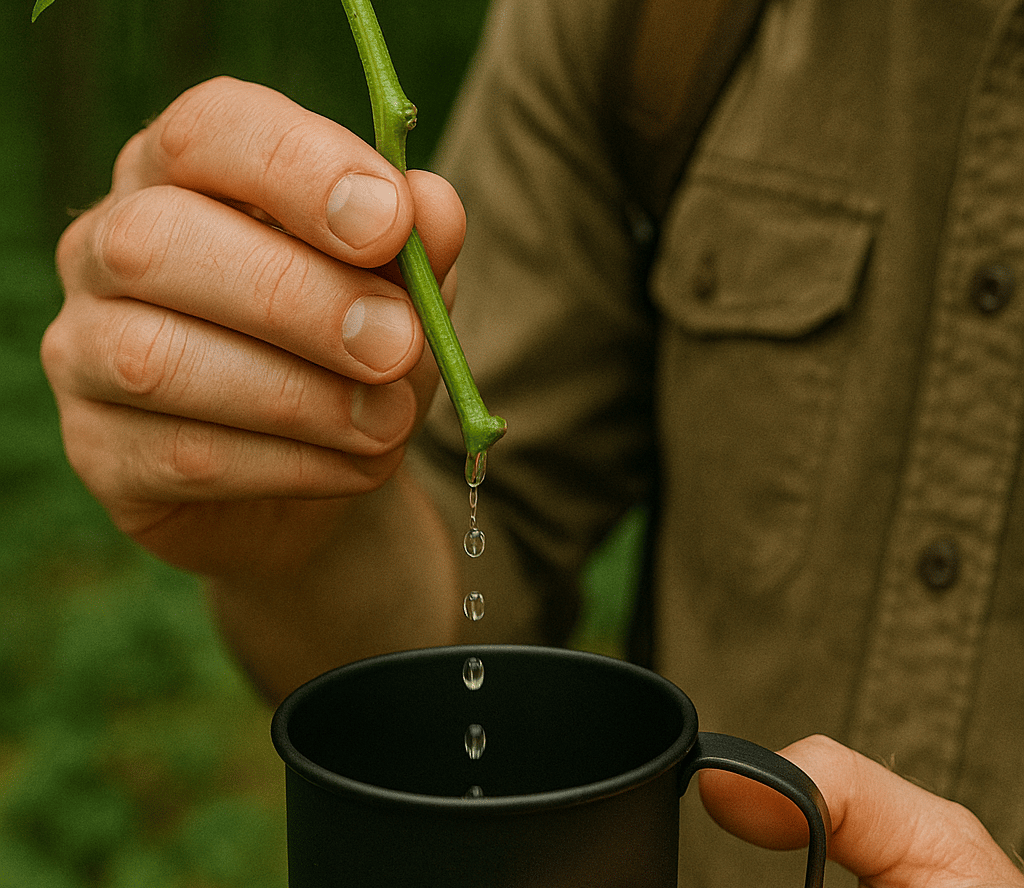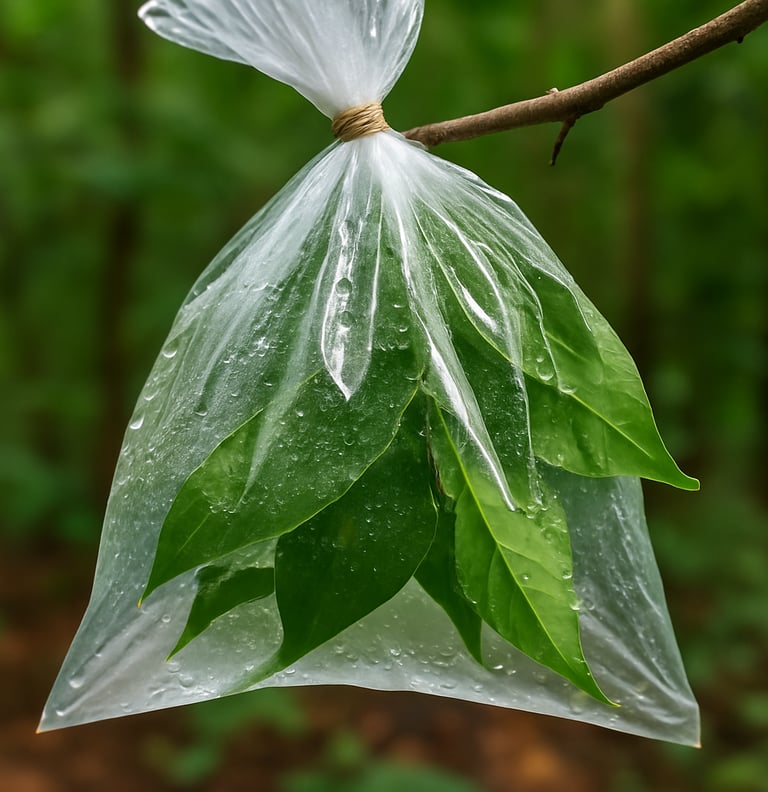Using Plants and Vines to Find Drinking Water in the Wild
Learn how to find drinking water in the wild using plants and vines. Discover safe, natural hydration techniques for survival situations with this beginner-friendly guide.


Using Plants & Vines to Find Drinking Water in the Wild
Why Learn to Source Water from Plants?
When you're out in the wilderness and fresh water sources are scarce, knowing how to find drinking water from plants can be a lifesaving skill. In survival situations, clean water is often more urgent than food. Streams might be dry, lakes far away, or your water filter lost or broken — but nature still offers hidden reservoirs. Learning to recognize water-rich plants and vines can make all the difference in staying hydrated and healthy when you're off-grid.
This guide will show you how to safely identify, access, and collect water from plants and vines in the wild. From tropical jungles to temperate forests, the techniques you'll learn here are practical, straightforward, and essential for any serious survivalist or outdoor enthusiast.
Finding Drinking Water from Vines
In some environments, particularly tropical and subtropical forests, vines can be a reliable source of fresh drinking water. Look for thick, non-toxic vines that hang vertically and contain clear, odorless liquid. The best method is to cut a section of the vine close to the ground and then make another cut a few feet up. If the vine contains water, it will begin to drip almost immediately.
The water from these vines is typically clean and safe to drink directly, although it's best to avoid vines with milky sap or a bitter odor, which can indicate toxicity. Not all vines are safe, so always test in small amounts if you're unsure. In survival training, species like water vines (especially in the liana family) are known for their hydration potential.
In drier climates where vines are harder to find, knowing how to collect rainwater in the wild can be just as important. It's one of several effective methods that don’t rely on nearby streams or rivers. Another smart technique for dry environments is the Solar Still method, which uses the sun’s heat to extract moisture from soil or vegetation.
Harvesting Water from Broadleaf Plants
Many broadleaf plants release moisture through a process called transpiration. By creating a simple transpiration bag setup, you can capture this water. All you need is a clear plastic bag and a leafy branch. Place the bag over a cluster of green leaves, tie it securely at the base, and let the sun do the work. Over several hours, condensation will build inside the bag and collect at the bottom.
This method works best in hot, sunny conditions and should be set up early in the day for maximum water output. It’s important to rotate locations and avoid damaging any one plant too much. The water you gather from this method is usually safe to drink but if you're unsure it can be filtered for peace of mind if you have the means.
Plants to Avoid When Searching for Water
While nature offers many sources of hydration, some plants can be harmful. Avoid plants that emit a milky or colored sap, smell foul, or are known to be toxic. For example, oleander, poison ivy, and other toxic species should never be used in water collection. When in doubt, it’s better to skip an unknown plant and look for one you recognize as safe.
Knowledge is key here — brushing up on regional plant guides before heading into the wilderness can give you an edge. The more familiar you are with the vegetation in your area, the safer and more successful your search for natural water sources will be.
When you're relying on unconventional water sources, it's also critical to know how to purify water without a filter, especially if you're not confident in the safety of the plant. It's also always important to keep an eye out for early wilderness dehydration warning signs so you can act fast before the situation worsens.
Staying Safe While Drinking Plant-Derived Water
Although many plant-derived water sources are clean, it’s a good habit to treat or filter the water when possible, especially if you're gathering large quantities. Portable filters, UV pens, or even simple cloth filters can improve water quality and reduce risk. Stay alert to how your body responds and avoid drinking from any plant source that looks or smells questionable.
Practice these techniques when you’re not in an emergency situation so you know what to expect. That way, you’ll be confident using them when it counts most.


© 2025. All rights reserved About | Privacy Policy | Terms and Conditions | Affiliate Disclosure | Disclaimer


